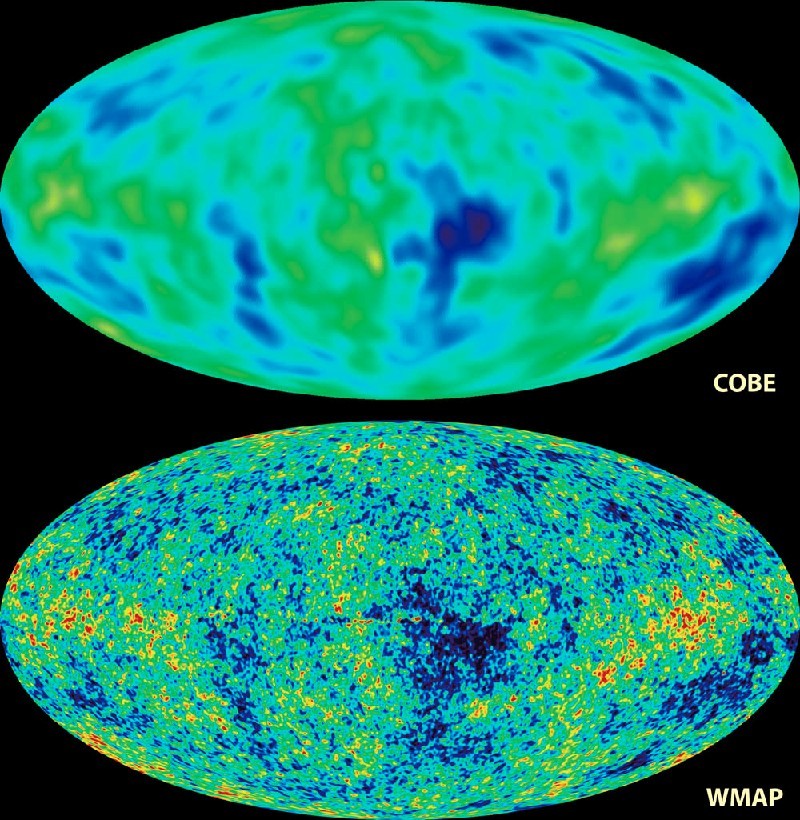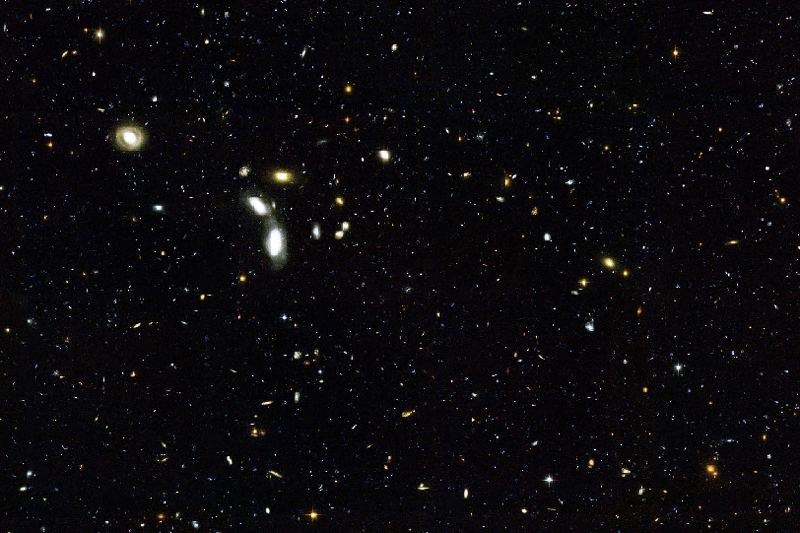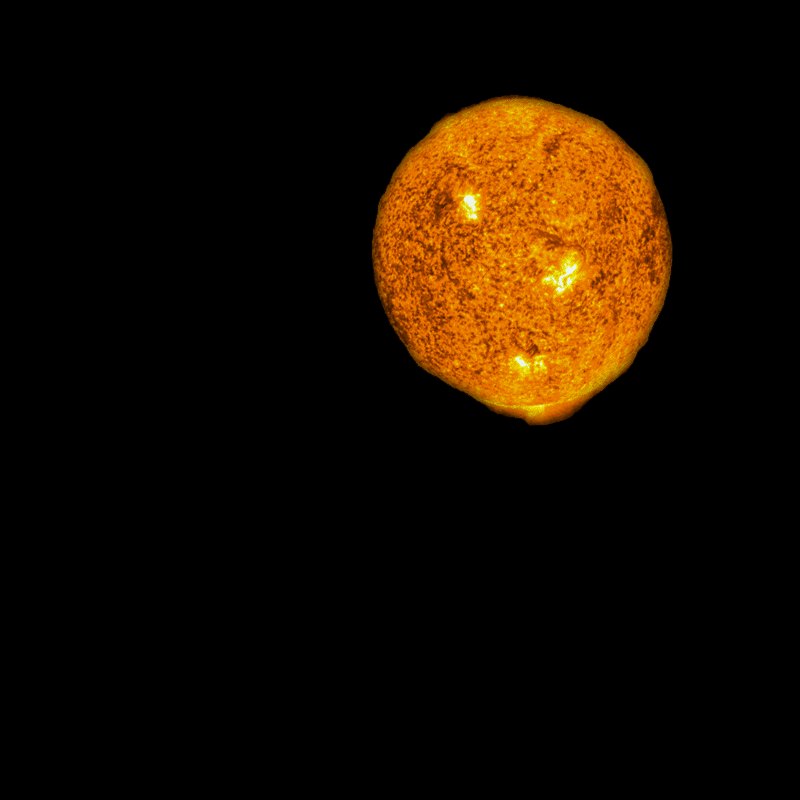The Big Bang’s echo is still visible
In 1965, Arno Penzias and Robert Woodrow were attempting to get rid of subtle feedback from a Dickie radiometer. But no matter how they adjusted their receivers, the gentle hiss remained. After trying everything from rewiring the satellite to cleaning out years of guano, the two men and their colleagues realized the only other explanation was the Cosmic Microwave Background Radiation, Gamov’s predicted echo of the Big Bang. Thirteen years after their inadvertent discovery, Penzias and Woodrow were awarded the Nobel Prize, though Soviet astrophysicists had published a brief article recognizing the same phenomenon just the year prior.
Steady State proponents tried to explain away the Big Bang evidence, claiming the feedback was scattered light from distant stars. But by the 1970’s, better measurements pointed incontrovertibly to a uniform black body thermal energy, exactly what would be expected from the Big Bang. For decades, the CMB was an invisible truth, but the COBE Satellite in 1990 and the WMAP twenty-two years later showed us this:

Source: Ohio State University
These are images of the universe when it was a little under 400,000 years old and had cooled to a temperature of roughly 3000 Kelvin, about the temperature of a sun spot. The different colors indicate temperature and density fluctuations, and have even been shown to correspond with current understandings of energy dispersal throughout the universe.
The universe’s oldest objects coincide with Big Bang’s timeline

When the Sun dies, its corpse will be a giant, glowing diamond known as a White Dwarf. These star remnants are speckled through our galaxy and cool off at a slow and fixed rate so predictable that astronomers can calculate their age by their luminosity. Since the stars that became them would have formed at the earliest possible time, roughly 600,000,000 years after the Big Bang, the dimmest white dwarfs should be about 13 billion years old; and they are.
Distant objects also coincide with the standard timeline. Because of the time it takes for the light to get to Earth, the galaxies we see from over ten billion years ago are smudgy and malformed, exactly what we would expect if the standard model is correct.
The night sky is dark

Source: Wikipedia
If we grant the Steady State’s premise that the universe is in fact unchanging and infinite, we must ask an inevitable question: where is all the light at night?
Given an infinitely old and large universe, it is inevitable that every point in the sky contains a source of light. If time has no constraint and space is unchanging, the light from each of these stars and galaxies should have reached us, lighting up the night sky. Known as Olbers’ Paradox, this problem is solved only by an expanding universe as predicted by the Big Bang.
The Big Bang’s evidence will eventually be undetectable
Many billions of years from now, all the evidence for the Big Bang will be undetectable. Future sentience will look out in all directions and see an endless sea of black, unaware that the light from the nearest galaxies charges in vain against the quiet expansion of space. Even equipped with sophisticated tools and knowledge, the evidence will lead them to the wrong conclusions.





